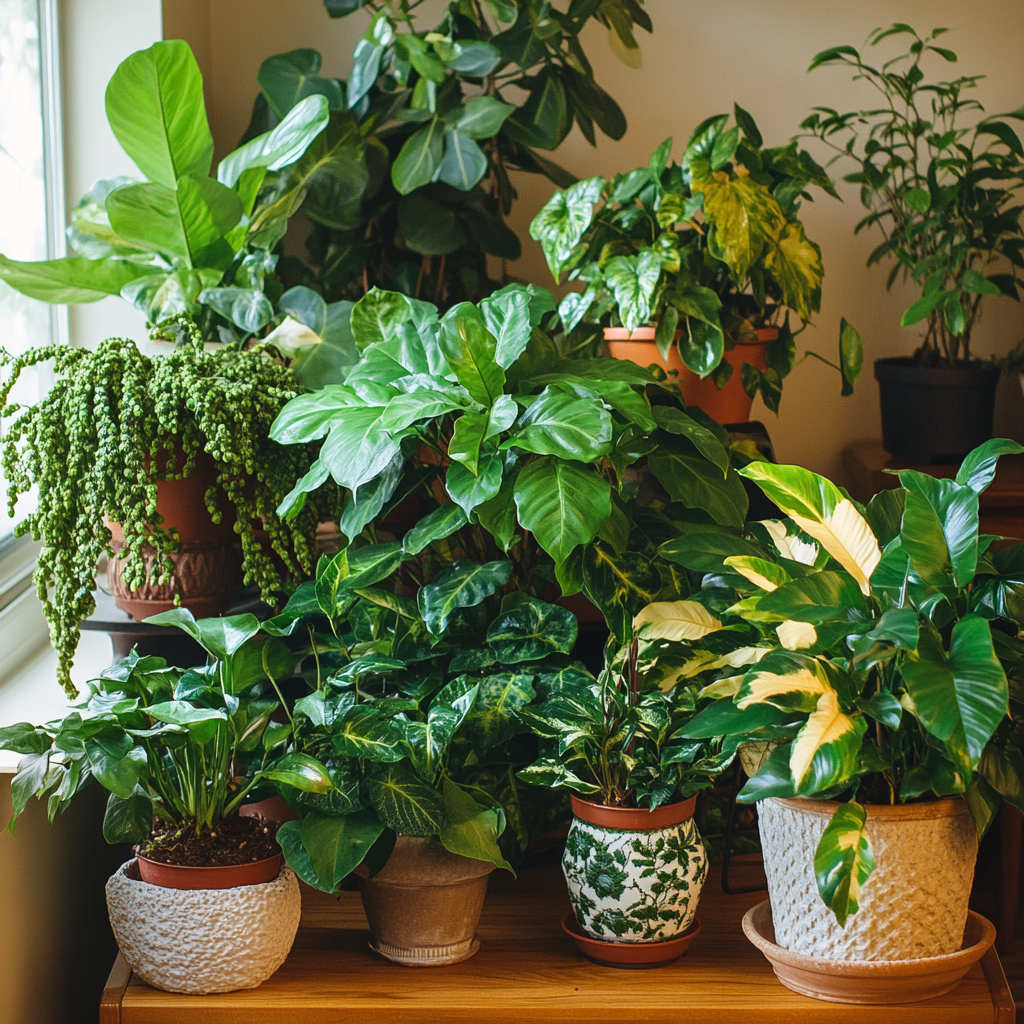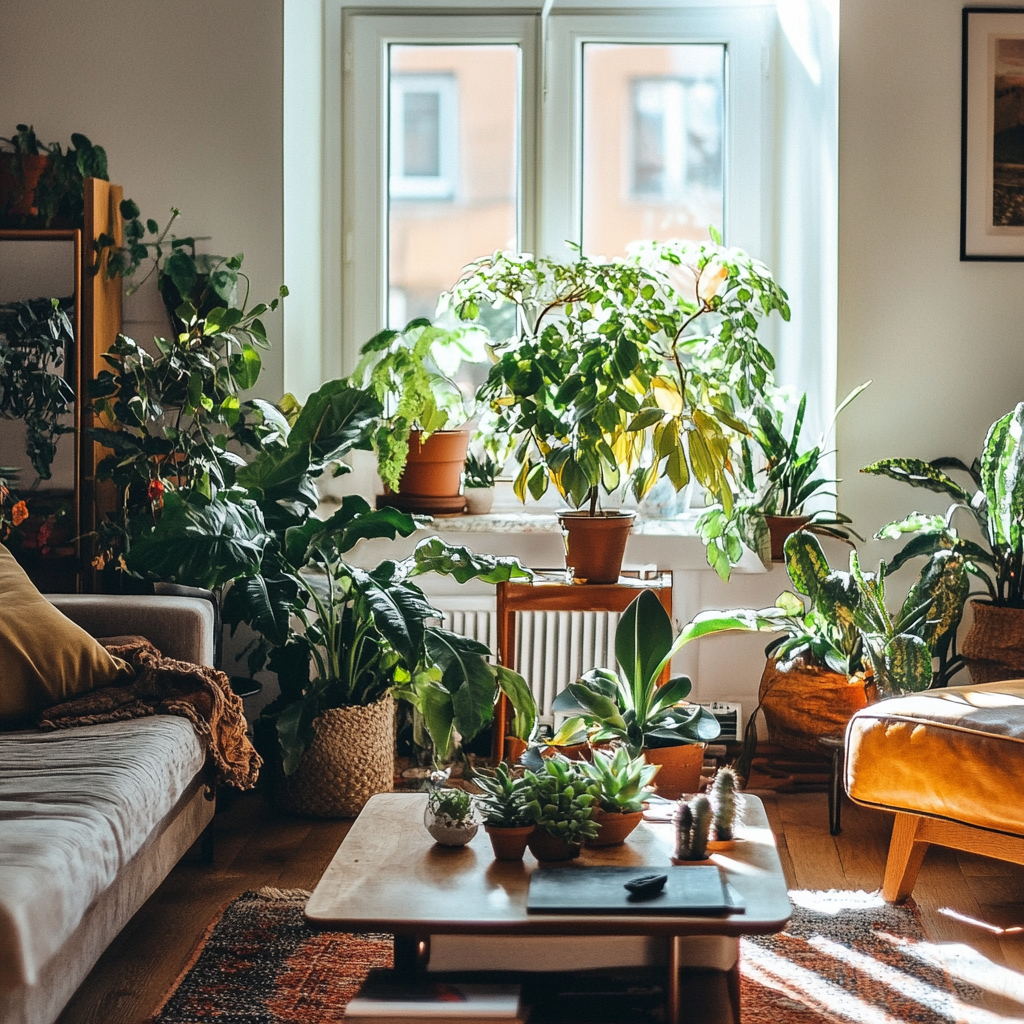Indoor plant care is a great experience for anyone. It also gives us a fun and rewarding experience. Using compost for indoor plant care will naturally help your indoor plants become stronger with its sustainable power, improving the soil and health of the plants while reducing the dependency on chemical fertilizers. In this guide, you will learn about how to use compost for indoor plant care in order to have lush and beautiful plants in your home.
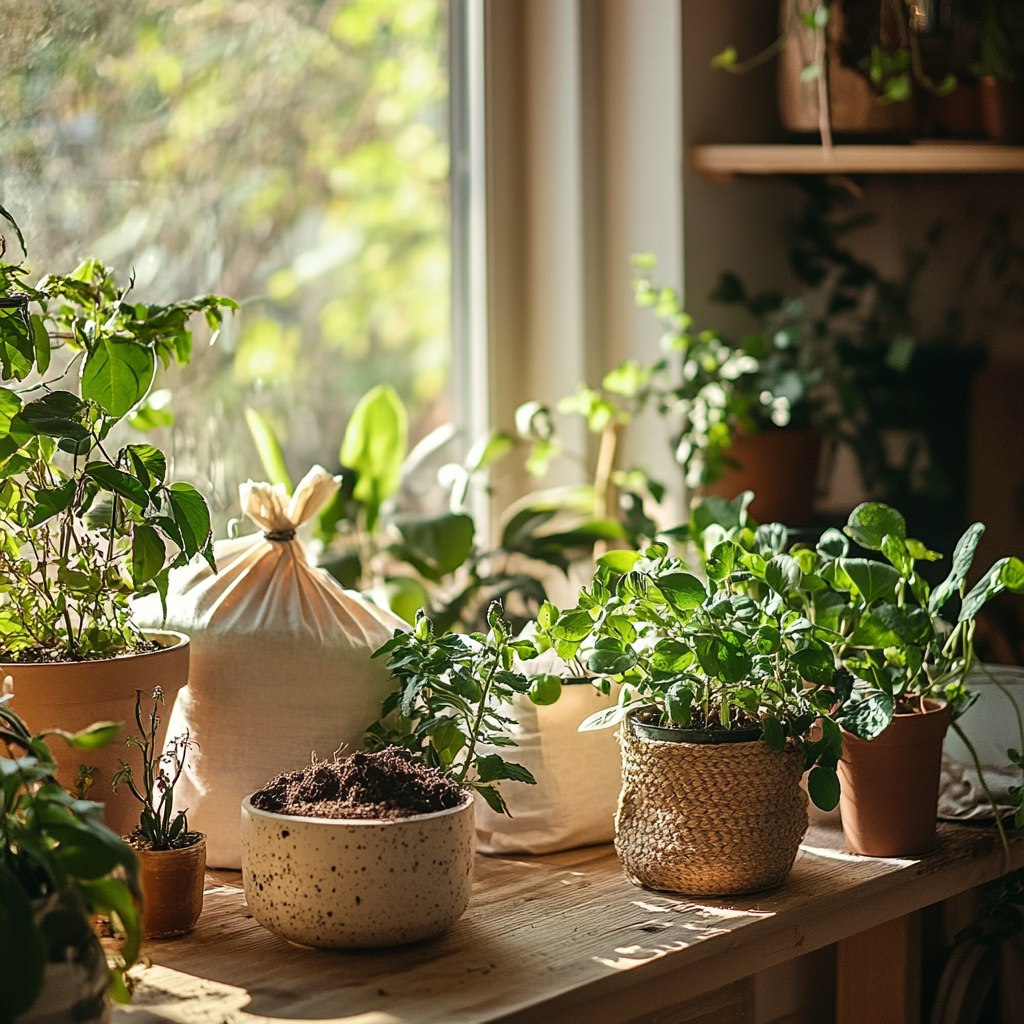
Types of Compost Suitable for Indoor Plants
There are several types of compost suitable for indoor plants. Each one has its own unique benefits, so it is essential to choose the right one based on your needs.
Kitchen Scrap Compost
Kitchen scraps, including fruit and vegetable peels, coffee grounds, and eggshells, are ideal materials for composting. The scraps are rich in nitrogen that helps plants grow strong. However, avoid adding things like meat, dairy, or oily foods, as they can attract pests and cause unpleasant odors.
Vermicompost (Worm Compost)
Vermicomposting involves the use of worms, typically red wigglers, to break down organic materials. The worm compost is highly rich in nutrients that will aid in faster and healthier indoor plant growth. You can have a worm bin set up so easily in your kitchen or balcony, making it an ideal option for small spaces.
Leaf Mold Compost
Leaf mold is made by allowing leaves to decompose over time. It’s slow to make but excellent to improve soil structure, so it’s great for plants that like well-drained soil. It helps the soil retain moisture and provides a soft, airy texture for your indoor plants’ roots to grow.
Store-Bought vs. Homemade Compost
You can always buy compost from the store if you don’t have time or space to make it. The upside of making your own compost is that you get to choose what goes into it, meaning you can avoid chemicals altogether and your compost is 100% natural. Store-bought compost would be more convenient for quicker results.
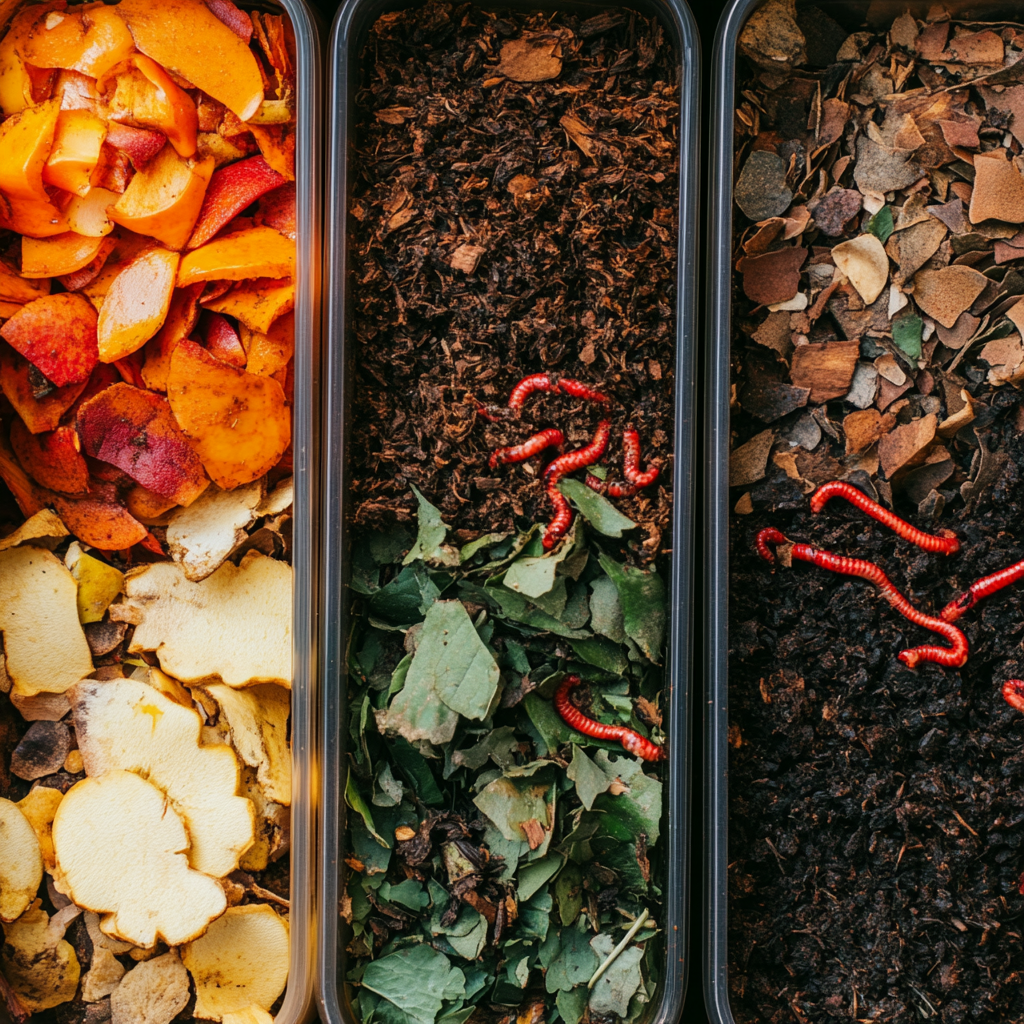
How to Make Compost at Home for Indoor Plants
Making compost at home is pretty easy, even if you are a new gardener. One can make compost using the most common materials, and it does not require much space. Here’s how to do it:
Step-by-Step Guide to Composting at Home
- Compost Bin: A small bin is good to go for indoor composting. You can use a plastic or wooden container with holes in it for ventilation. If you are using worms, get a worm bin.
- Layer the Materials: First, add a layer of dry materials (referred to as “browns”)—shredded paper, leaves, or even cardboard. Next, add a layer of wet materials, or “greens,” such as vegetable scraps, fruit peels, and coffee grounds. Continue alternating these layers.
- Stir and Aerate: Mix the compost every few weeks to add air and help the materials break down faster. You can use a small shovel or stick to stir the compost.
- Monitor Moisture: Compost should be kept damp, like a wrung-out sponge. If it’s too dry, add some water. If it’s too wet, add more dry materials to balance it out.
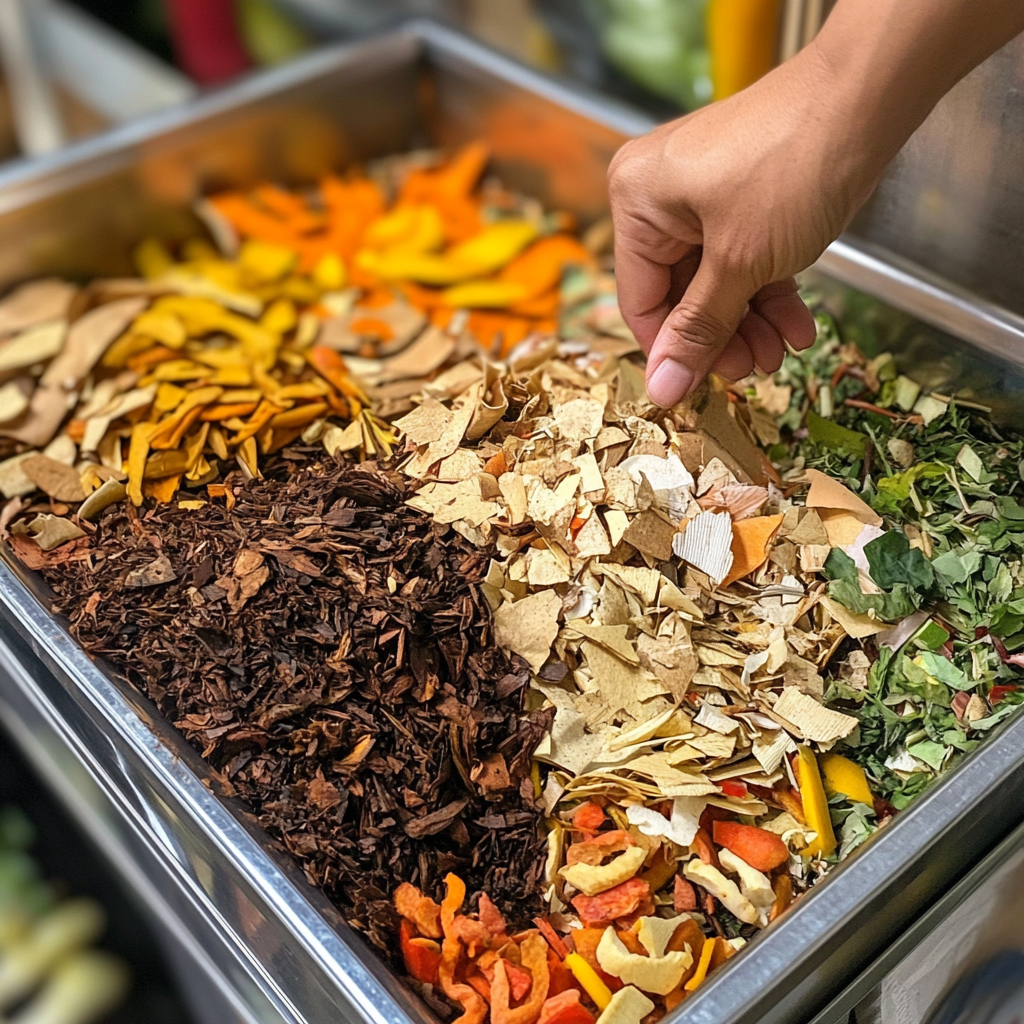
Waste Materials to Use for Compost
Fruit and vegetable scraps, used coffee grounds, crushed eggshells, tea leaves, dried leaves, and shredded paper can be used.
Do not use meat, dairy products, oily foods, citrus fruits, and processed foods since they can attract pests and build up odors.
Tools for Composting Successfully
- A compost bin or worm composting bin
- A small trowel or shovel for turning
- A moisture meter or spray bottle to maintain water
- A thermometer to check the temperature of the compost, if desired
Signs Your Plants are Thriving with Compost
With continued use of compost, certain signs will show in your plants. After using compost, it grows healthy and more robust. Look for the following indicators:
Indicators of Healthy Indoor Plants
- Greener Leaves: The leaves can be greener because this compost provides nutrition that improves the growth of a plant, especially the color.
- Strong Roots: Plants with healthy compost will have deep, sturdy roots. If your plant looks sturdy and the roots are spreading out, it’s a good sign that compost is working.
- Faster Growth: You’ll notice your plants growing faster and blooming more frequently when compost is part of their care routine.
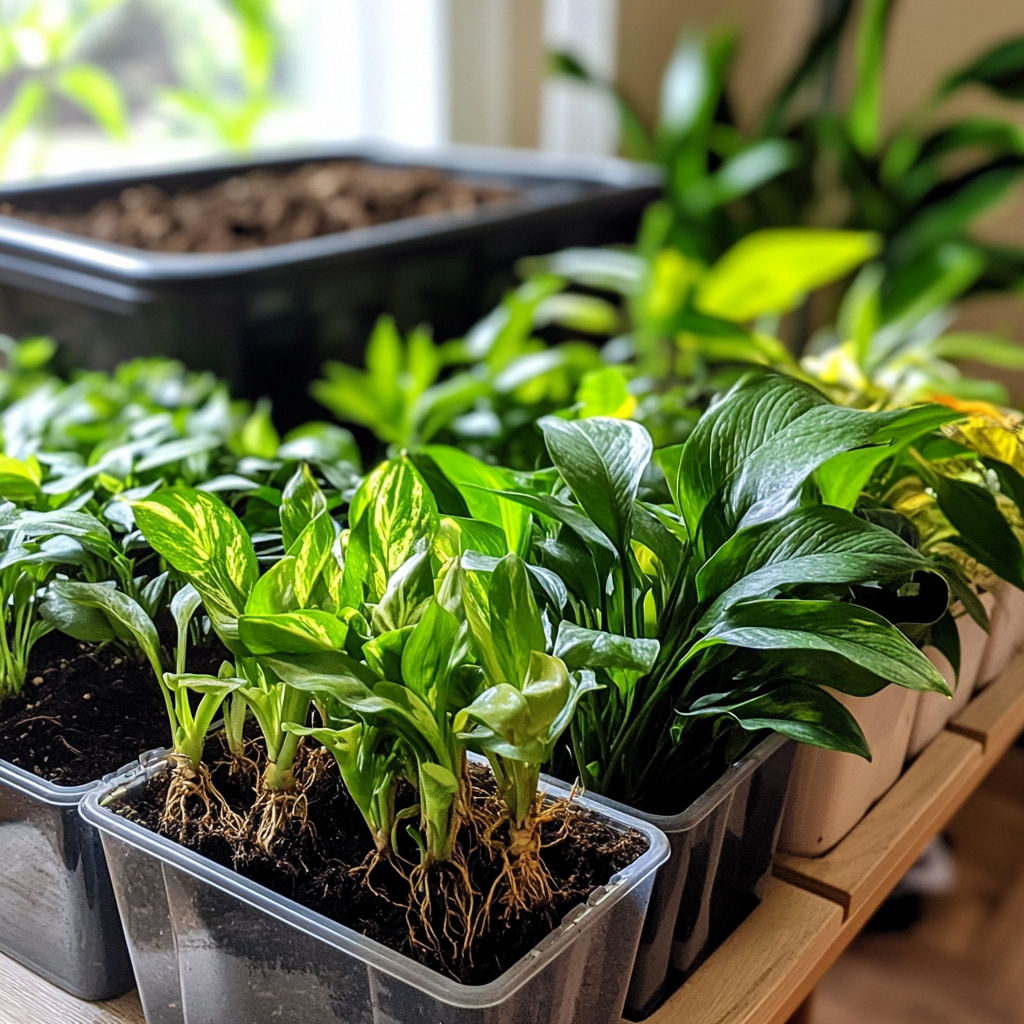
How Compost Improves Plant Growth Over Time
Compost is full of organic matter that gradually releases nutrients into the soil. Over time, compost will improve the soil texture, help retain better water, and encourage the proliferation of disease-fighting microorganisms in the soil that keep your plants resistant against diseases.
Common Errors to Avoid When Composting Indoors
While composting is easy, there are a few errors you ought to evade to keep your indoor plants healthy.
Overloading pots with compost:
The effect of overusing compost results in forcing plants to grow out of control and to the extent of roots being burnt to death. To avoid this, one must use the recommended compost-to-soil ratio, which is 1:3, to avoid overloading your plant.
If your compost hasn’t completely decomposed, it may still have big clumps in it, which can harm your plants. Always wait until the compost has broken down into dark, crumbly, earthy-smelling material before applying it.
Dealing with Odors and Pests in Indoor Composting
Odors: If your compost is smelling bad, it generally means that there are too many wet materials or it needs more air. Stir the compost and add dry materials such as leaves or shredded paper.
Pests: Keep pests out by keeping your compost covered, adding no food scraps that insects can get to, like meat or dairy.
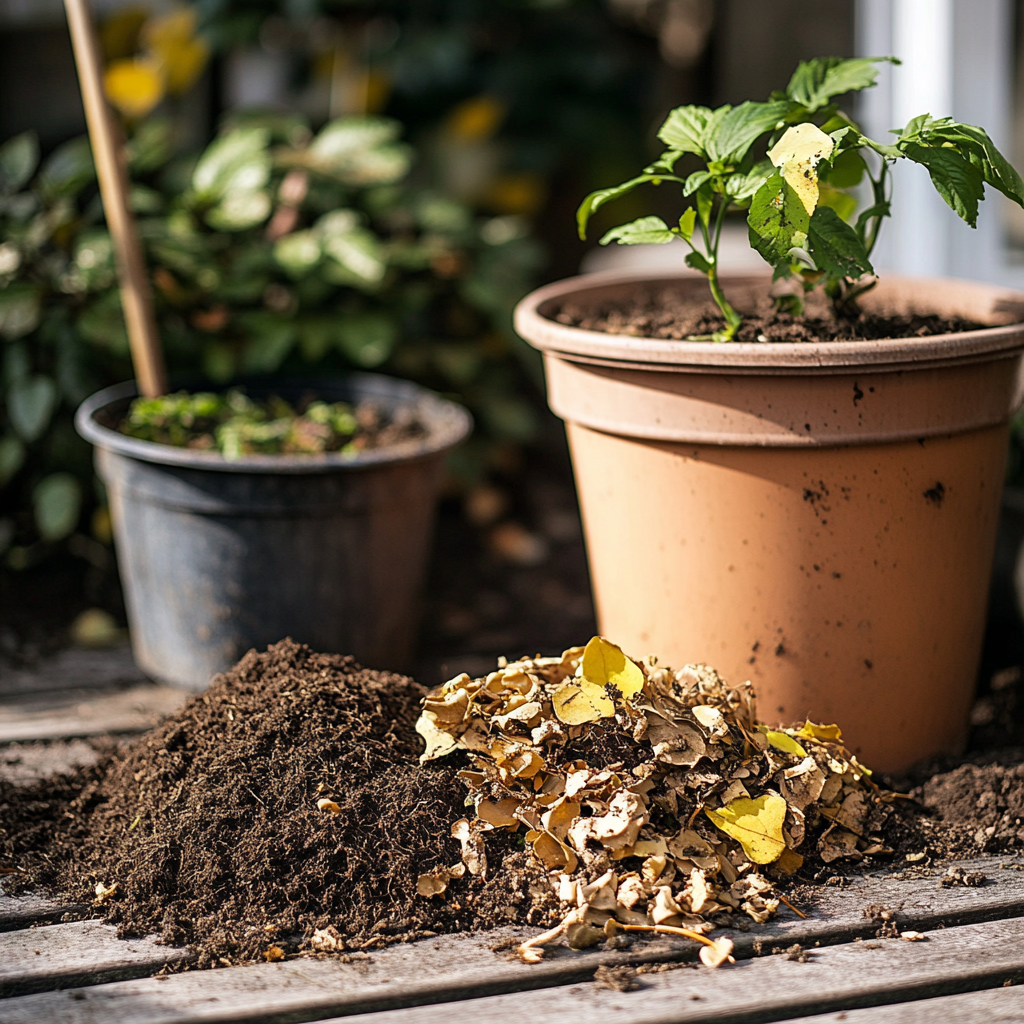
Sustainable Indoor Gardening: Why Compost is the Future
It doesn’t end at making your indoor plants healthy and thriving. Though it’s very beneficial to nature as well. Composting reduces the amount of trash sent to landfills by reutilizing the organics within for planting purposes. You don’t throw the food in the bin; instead, you turn it into nutritious compost for the plants. Composting reduces noxious greenhouse gas emissions generated from waste decay in a landfill.
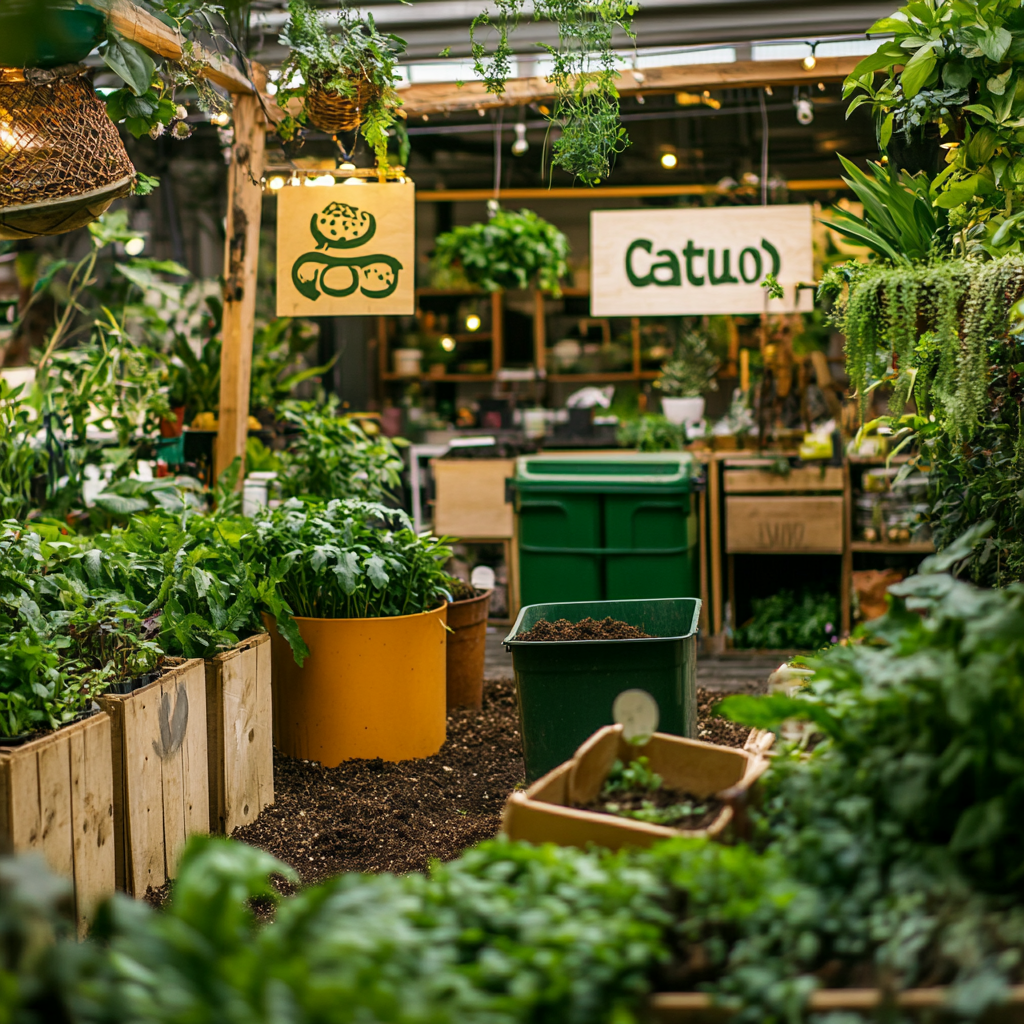
Role of Compost in Promoting Sustainable Gardening Practices
Composting grows plants in a completely organic manner without using artificial fertilizer that affects the environment adversely. Composting helps ensure a sustainable approach to gardening where organic waste material is continuously recycled for the betterment of your plants and Mother Earth.
Using compost for indoor plant care is one of the best ways to keep your plants healthy, happy, and vibrant. By enriching the soil with compost, you can provide your plants with all the nutrients they need to grow strong and beautiful.

